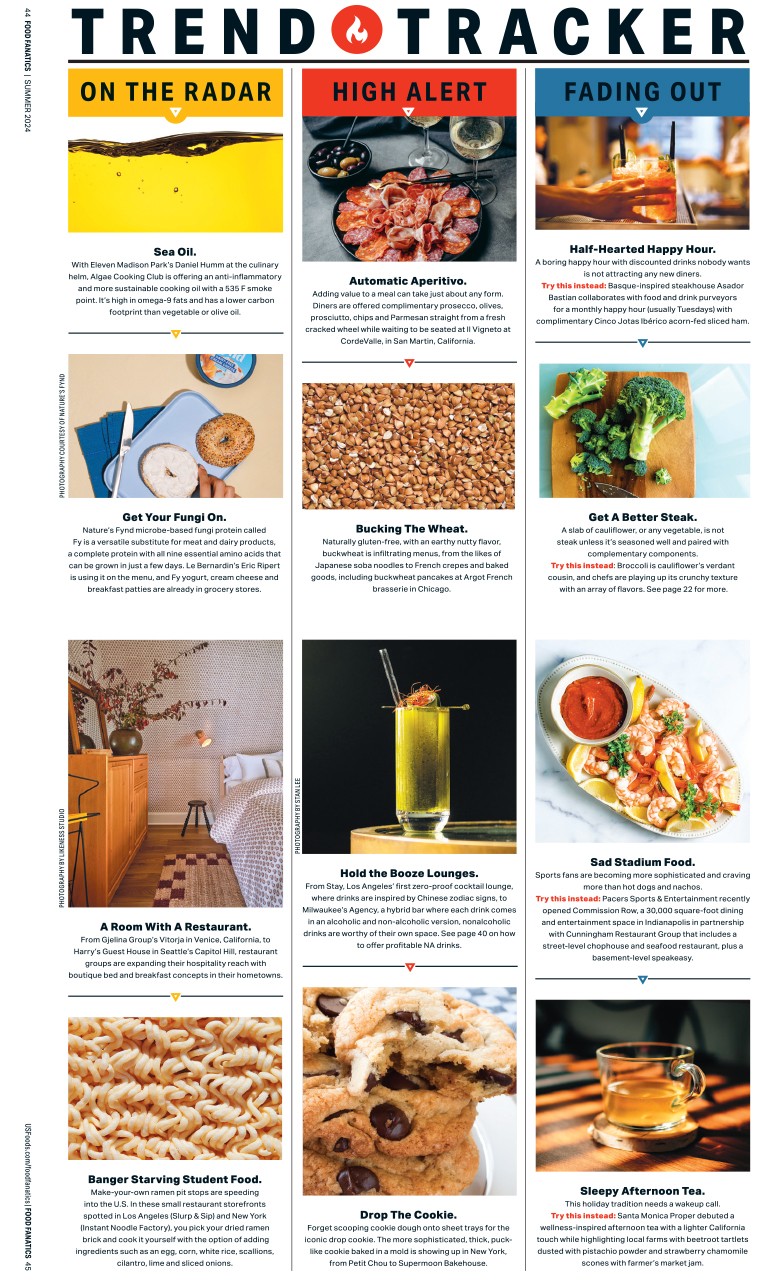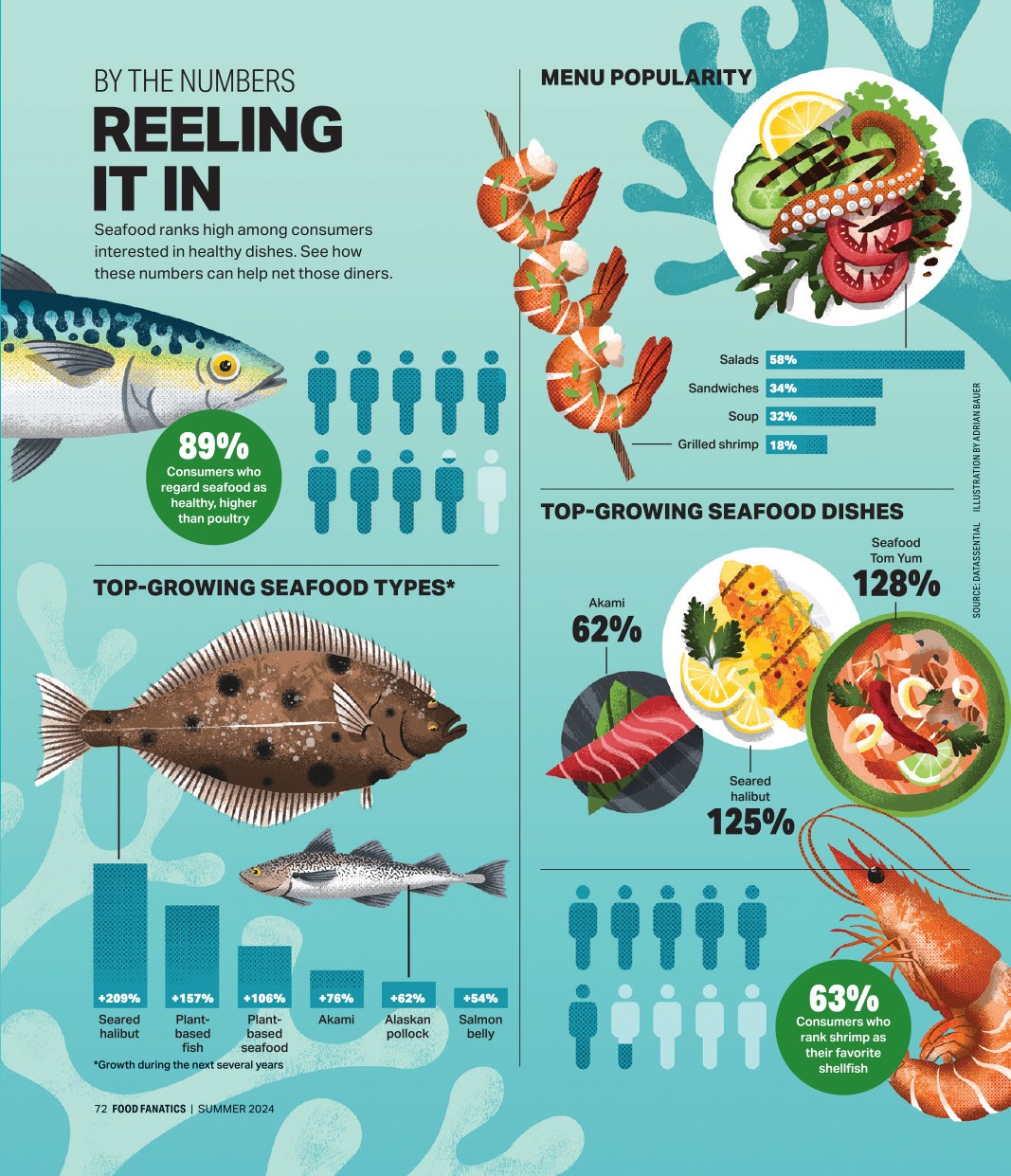Restaurant Sustainability: Help the Planet and Your Bottom Line
Why contributing to a healthier planet is still good for business
Sustainability is a big deal to Americans, who have shown growing interest in food waste and climate change during the past decade. In fact, market research firm Ipsos reports that 75% of consumers consider sustainability when shopping – and that includes restaurants.
Foodservice, which generates more than 11 million tons of waste annually, according to various organizations, has made significant strides. Knowing that every dollar invested in food-waste reduction can realize $8 in cost savings has been a motivating factor, but challenges still exist. A check-in can help determine what more to do.
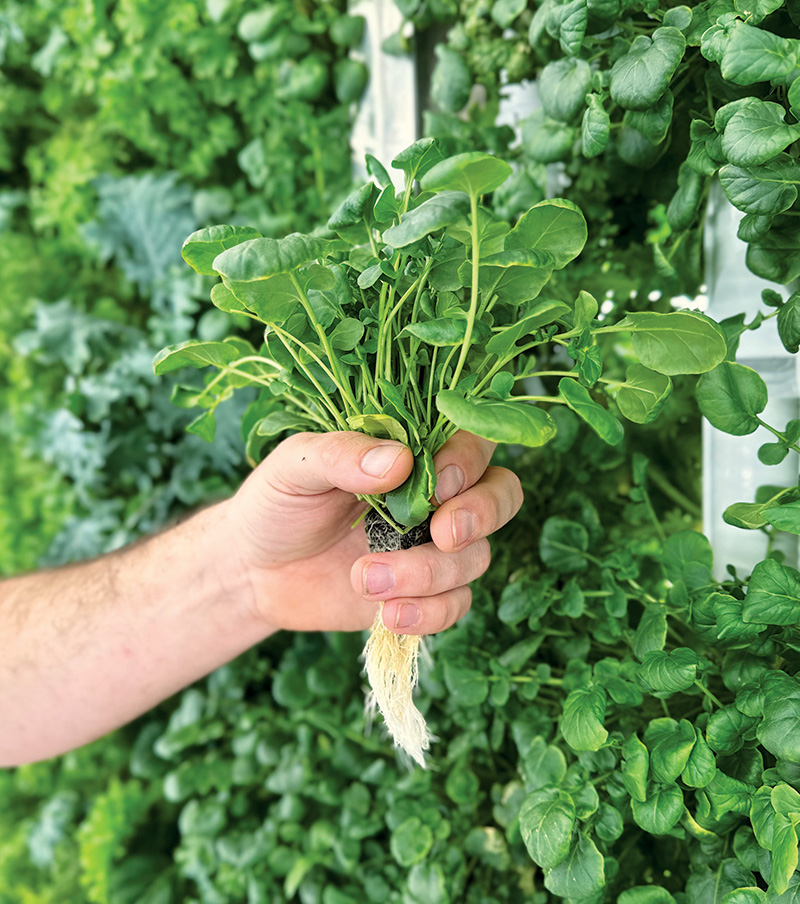
“If I were starting today, the first thing I would do would be to pick a few areas in which to concentrate,” says Maisie Ganzler, author of “You Can’t Market Manure at Lunchtime: And Other Lessons from the Food Industry for Creating a More Sustainable Company.”
BREAK IT DOWN
Ganzler, former chief strategy and brand officer of Bon Appétit Management Company, an on-site foodservice provider known for its sustainability initiatives, advises organizing sustainability into three categories: sourcing, operations and disposal.
SOURCING
For sourcing, she says to focus on areas including local, sustainable seafood and antibiotic reduction.
Working with local farmers and artisanal producers of items such as honey and cheese helps reinforce community bonds, which customers often appreciate, and can reduce transportation costs and greenhouse gas emissions, depending on how the food is produced.
“Every dollar that we spend in restaurant sourcing is sending two messages. It’s sending a message to the producer that this is the type of product you should be creating because it’s what you’re going to be able to sell, and it sends a message to your customer that this is what you want to serve them,” she says.
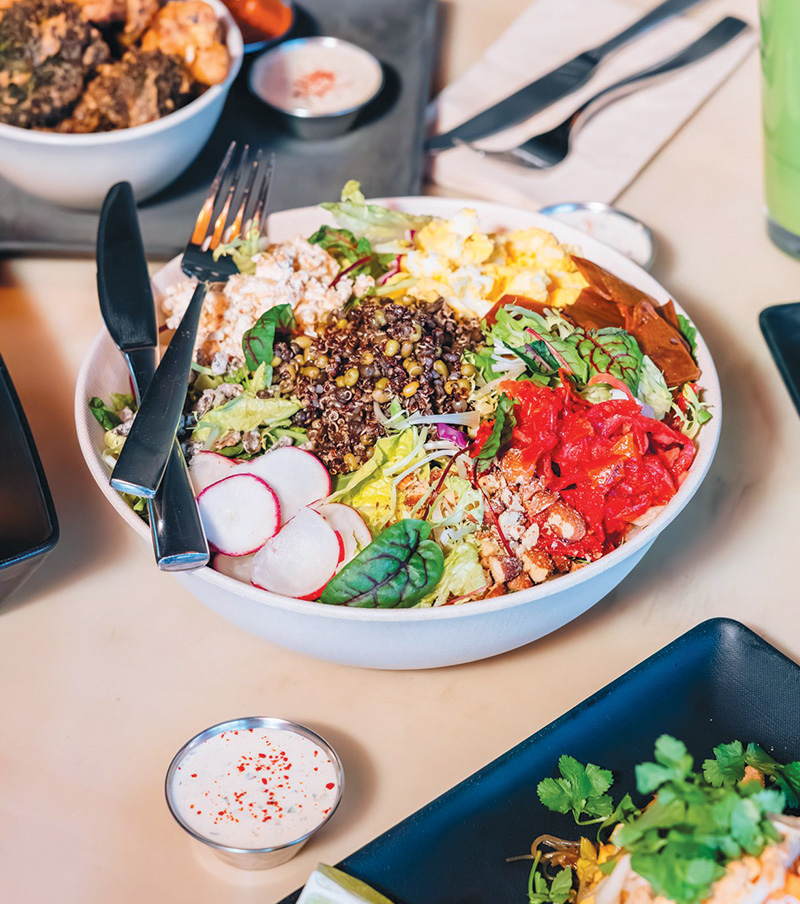
One should consider well-managed fisheries, says Ganzler, who is partial to oysters, which are nutritious, contribute minimal carbon emissions and restore waterways.
OPERATIONS
For operations, she says, it’s important to think about energy use, like turning on equipment, such as lights and ovens, only when you need it and checking equipment to determine whether it’s up-to-date and efficient. New products that use less energy are coming onstream all the time.
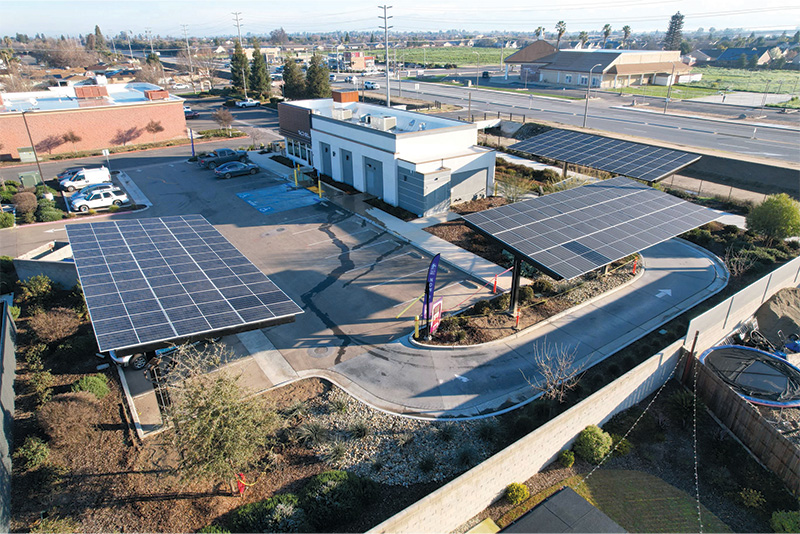
Operators should also consider water usage. Why run water over frozen ingredients to defrost them when you can move them to the walk-in? For food waste, Ganzler says to check the weight. Software can help measure, but she says instructing cooks to place waste in a storage container and discussing it at the end of a shift can help illustrate the issue. Intelligent menu design can help reduce waste, too. Examples include using beet greens and stems as well as the roots, and for vegetables in general, “what you cut up for salad one day can be made into soup the next day.”
DISPOSAL
To further reduce waste, you can donate food at the end of a shift so as not to risk spoilage if your operation will be closed for the next few days. Or, you can donate that same food to animal feed lots.
CAN YOU INVEST IN A HEALTHIER PLANET?
Taco Bell franchisee Cotti Foods Corporation in February installed three solar canopies at its restaurant in Tulare, California – two over the drive-thru and one over the parking lot – after previously installing solar canopies in nearby Delano. The company estimated the new panels would save more than $700,000 during their lifespan.
“The continued increase in utility costs and energy demands all over the state has prompted Cotti to explore multiple programs aimed at helping our restaurants offset these expenses,” Cotti Foods Chief Development Officer Ryan Zacche said in a statement announcing the investment, adding that the new panels would generate half the restaurant’s power.
Justin Cucci of Edible Beats, which operates six restaurants in Denver, installed a 320-square-foot vertical hydroponic farm at his restaurant Vital Root, providing the restaurant with heirloom kale, arugula, tat soi, mustard greens and more while using 99% less water than traditional farms.
AUDIT THE MENU
Chefs know sourcing ingredients from earth-friendly purveyors contributes to a greener planet. But it’s always worth another look. Merriman’s, a four-unit restaurant group in Hawaii, has debuted a low-methane goat cheese at its flagship location in Waimea on the Big Island in partnership with Blue Ocean Barns and Hawaii Island Goat Dairy. The dairy feeds goats a special type of limu kohu seaweed that Merriman’s says reduces their methane emissions by 85%. The restaurant has also worked with sustainability platform GreenPlaces to measure the carbon footprint of each of its dishes.
The group has switched 25% of its wine bottles to those weighing three pounds or less, saving energy in shipping.
ARE EFFORTS WORTHWHILE?
“I live in Miami and there is no composting facility down here,” says Jamil Bouchareb, founder and CEO of Restaurantware, which specializes in eco-friendly packaging and other materials. “But I see folks using and paying more for compostable-type products.”
Not all packaging works in every market. With no composting program, such products will end up in landfills. Or various states have regulations, such as forbidding products like added PFAS, a class of “forever chemicals” that never degrade and can be harmful to health.
“Some of it may be front-end signaling to the customer that they’re responsible and care, but the follow-through is the toughest thing in this whole market,” says Bouchareb, who is working on technology initiatives to screen products that aren’t allowed for composting in a customer’s specific market.


